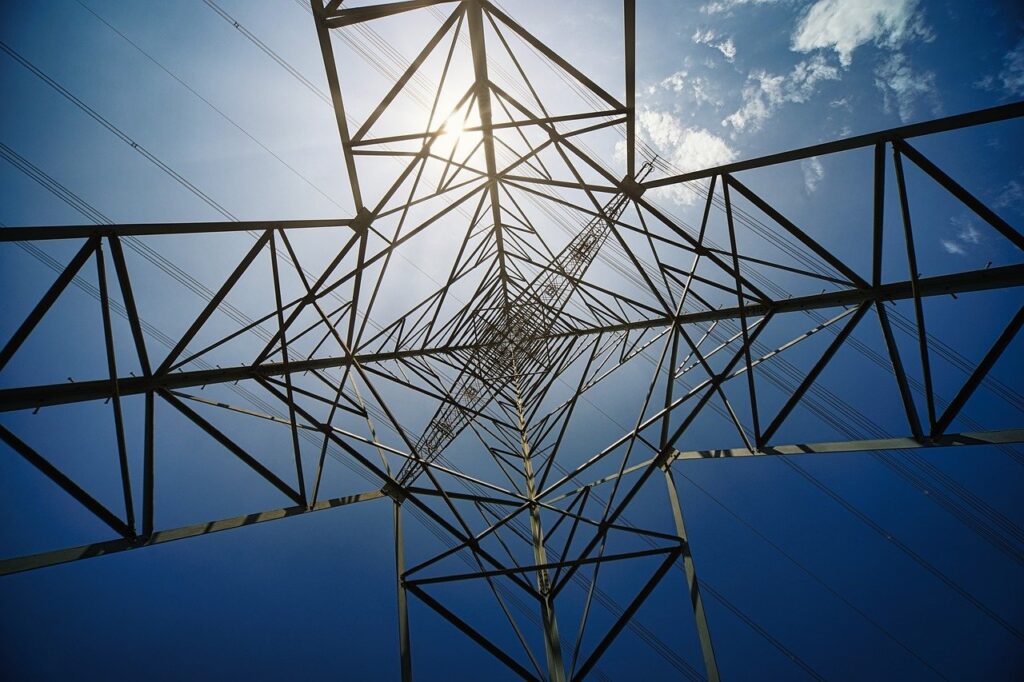
The Evolution and Impact of Smart Grids on Industrial Efficiency
The advent of smart grids marks a revolutionary step in the evolution of electricity distribution and management. Traditional electrical grids, which merely transport electricity from power plants to consumers, are being transformed into smart grids through the integration of digital communications technology and smart devices. Moreover, This transformation is especially impactful for industrial facilities, offering unprecedented opportunities for efficiency, cost savings, and reliability.
Understanding Smart Grids
Smart grids incorporate a variety of advanced technologies that enable two-way communication between the utility provider and consumers. At the heart of this system are smart devices, such as smart meters, sensors, and advanced control systems, which are strategically placed throughout the grid, including in homes, offices, and industrial facilities.
Smart Meters:
These devices measure electricity usage in real-time, providing both consumers and utilities with detailed data on energy consumption patterns. Above all, this real-time data is crucial for managing demand, optimizing energy use, and identifying areas for improvement.
Sensors: Distributed throughout the electrical grid, sensors monitor the condition and performance of various components, such as transformers, substations, and power lines. They detect anomalies, forecast potential failures, and enhance the grid’s overall reliability and responsiveness.
Advanced Control Systems: Leveraging data from smart meters and sensors, these systems optimize the distribution and consumption of electricity. They ensure that electricity is delivered where and when it is needed most, minimizing waste and improving efficiency.
Benefits for Industrial Facilities
The integration of smart grids brings a host of benefits to industrial facilities, transforming how they manage and consume energy.
Data Collection and Analysis
Smart devices continuously collect detailed data on energy usage, which can be analyzed to identify trends and inefficiencies. This data-driven approach allows facility managers to gain deep insights into their energy consumption patterns.
Informed Decision-Making: With access to real-time data, industrial facilities can make more informed decisions about their energy use. For example, they can determine the best times to run energy-intensive processes or identify opportunities to shift operations to off-peak hours when electricity rates are lower.
Cost Savings: By optimizing energy use based on the data provided by smart devices, industrial facilities can significantly reduce their electricity bills. They can implement energy-saving measures, such as adjusting HVAC settings or scheduling maintenance during periods of low demand.
Improved Efficiency and Reliability: Smart grids enable industrial facilities to enhance operational efficiency. Predictive maintenance, powered by sensor data, allows facilities to anticipate equipment failures and perform maintenance proactively, reducing downtime and extending the lifespan of machinery.
Practical Applications
Several practical applications illustrate how smart grids can transform industrial energy management.
Demand Response Programs: Industrial facilities can participate in demand response programs, where they reduce or shift their energy use during peak demand periods in response to signals from the utility provider. In return, they often receive financial incentives, contributing to cost savings.
Predictive Maintenance: Sensors embedded in the grid can monitor the health of industrial equipment and predict when maintenance is needed. This approach prevents unexpected breakdowns, ensuring smooth and continuous operations.
Energy Management Systems: Integrated energy management systems use data from smart devices to optimize energy use across all operations. These systems can automate processes, adjust settings in real time, and provide actionable insights to facility managers.
The Evolution and Impact of Smart Grids-Conclusion
The transition to smart grids represents a significant leap forward in the way electricity is managed and consumed. For industrial facilities, the integration of smart devices and advanced technologies provides a pathway to greater efficiency, cost savings, and reliability. By leveraging real-time data and advanced analytics, these facilities can make more informed decisions, optimize their energy use, and stay ahead in an increasingly competitive and energy-conscious world. The future of industrial energy management is undoubtedly smart, connected, and efficient, thanks to the transformative power of smart grids.
